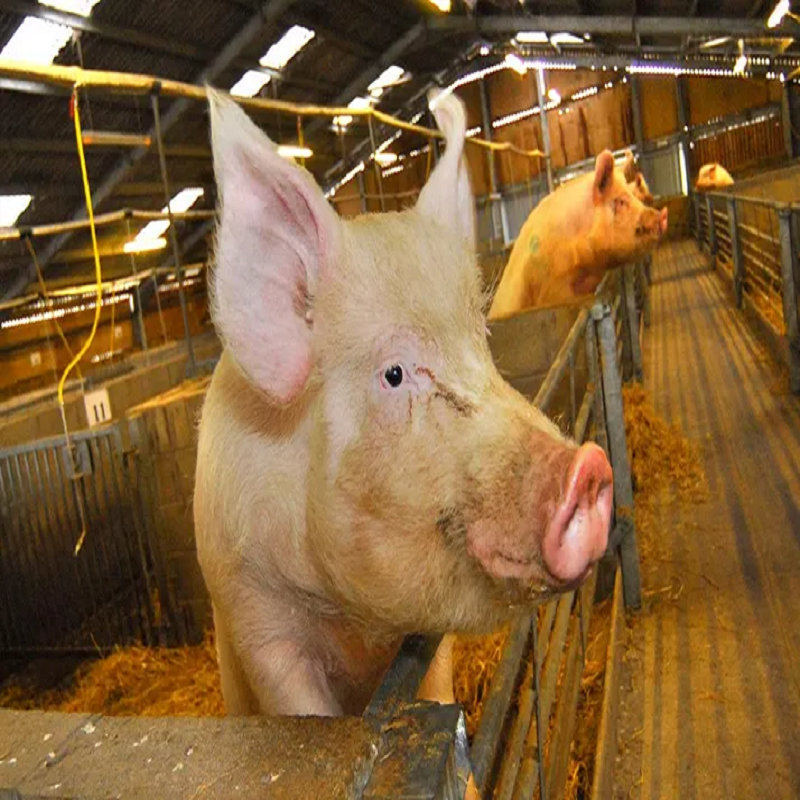Acidifier mainly plays an acidification role in improving the primary digestion of gastric contents and does not have antibacterial function. Therefore, it is understandable that acidifier is rarely used in pig farms. With the advent of resistance limitation and non resistance, it should be said that poultry breeding took the lead in realizing the necessity of drinking water acidification, and gradually realized the benefits of drinking water acidification and sterilization, which accelerated the use of Acidifier in pig farm drinking water; At present, pigs use drinking water acidifier to blindly pursue rapid reduction of pH, even lower than 3, so as to reduce the activity of non plague virus. However, such a low pH is bound to affect the feeding of animals. For example, the rapid and low pH of phosphoric acid will stimulate the burning of oral and gastrointestinal mucosa and affect the feeding. Even the ingredients contained in some products will stimulate animals and affect the feeding, even food safety
Acidifiers are used in drinking water, and many farms are evaluated by measuring pH in the laboratory. Because there are a lot of scale and biofilm in the water line pipe, it is not only easy to breed harmful bacteria, but also the acid will be consumed in the water line. Therefore, we suggest that before adding acid, we must clean the water line, completely remove the scale and biofilm in the water pipe, and then add acid or other products, otherwise the breeding bacteria will also discount the effect of drugs and other products in the water. Since the water quality (pH value and hardness) of different farms are different, we suggest to determine the amount of acid by measuring the pH of the water at the end of the water line. If possible, the water before adding acidifier and the water after using acidifier for a period of time can be tested for colony count and compared with the data.
The application of pig feed is relatively more mature. We suggest that it can also be used in the mixture. Potassium dicarboxylate can be used in the conservation period to replace all Acidifiers, antibiotics, mildew inhibitors, water retaining agents and some antioxidants. Of course, we also suggest that organic acids should be used together with other non resistant products to achieve the effect of 1 + 1 greater than 2. During the growth and fattening period and sow feed, 3-5kg / T can be added to the feed according to the actual situation. For poultry, we recommend 1-3kg / T. In the current test and application data, "potassium dicarboxylate" performs well. Without the addition of antibiotics, it can improve the production performance of animals. Kill harmful bacteria, have a good protective effect on animal intestinal villi, improve the absorption of nutrition and enhance immunity, and finally improve production performance. It is suggested that the continuous use of potassium dicarboxylate during breeding is conducive to non resistant breeding and prevention and control of African classical swine fever virus.
Post time: Aug-26-2021




